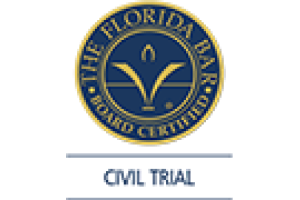Client Reviews
Myofascial Pain Syndrome
Like fibromyalgia, Myofascial Pain Syndrome (MPS) is often misunderstood. Also like fibromyalgia, there are no specific tests to diagnose MPS. Myofascial Pain Syndrome develops from an injury or strain to a muscle, ligament, tendon, or spinal disc.
MPS is characterized by the development of trigger points at the actual site of the injury or strain. A trigger point is a contracted muscle that stays in a contracted state and forms a taunt band or knot that can actually be felt. Trigger points are tender to touch and irritate the nerves around them, causing referred pain, or pain that is felt in another part of the body. For instance, trigger points in the neck and upper shoulders can be referred to the head, and trigger points in the lower back can be referred down the leg. MPS is diagnosed by palpation of these trigger points.
While steady, deep pain is typical, any muscle or fascia may be affected, resulting in a variety of localized symptoms. The deep, aching pain that is associated with MPS can be made worse with activity or stress.
MPS shares similarities with fibromyalgia, which our website also addresses, but there are differences. The pain in MPS is localized, while the pain in fibromyalgia is diffuse. Fatigue is not common in MPS, but is quite common in fibromyalgia. Trigger points are characteristic of MPS, but fibromyalgia is characterized by tender points, where the pain is not referred. Finally, MPS usually resolves with treatment, while fibromyalgia is chronic. Some research suggests that myofascial pain may develop into fibromyalgia in some people.
Treatment typically involves a multi-faceted approach. Myofascial release is a form of deep massage therapy to ease trigger points. Trigger point injections with a local anesthetic and steroid are administered by a physician to inactivate the trigger points. Physical therapy consists of a gentle stretching of the muscles. Exercise is often useful in recovery range of motion and motor coordination. Medications in the form of Advil, Motrin, and Aleve and/or some antidepressants are often recommended.
Some patients find chiropractic manipulation helpful. Elimination of stress via biofeedback or counseling should also be part of a MPS treatment program. A regular exercise program, consisting of aerobic exercise and stretching, should be included as part of a well-rounded treatment program. Those individuals who think that they may have myofascial pain syndrome should see a physician knowledgeable in the treatment of pain syndromes, such as a pain management physician, or a neurologist.
Florida PIP Coverage & Treatment Options for MPS
Changes to Florida’s PIP law in 2012 make it critical to seek timely medical care after a traffic collision. Personal Injury Protection pays for the first $10,000 in medical treatment but victims now have just 14 days to begin seeking care or coverage limits drop to $2,500. Additional restrictions were placed on a number of important treatment options, including, chiropractic care, massage therapy and acupuncture.
Like fibromyalgia, MPS is among a group of serious medical conditions most often challenged by insurance companies and their attorneys. And another important example of why pain or injury should never be ignored following a traffic collision. Victims should seek appropriate medical care and timely legal advice.
More detailed information on MPS can be found on the internet by clicking here.
Call 800-646-1210 to Discuss Your Rights












